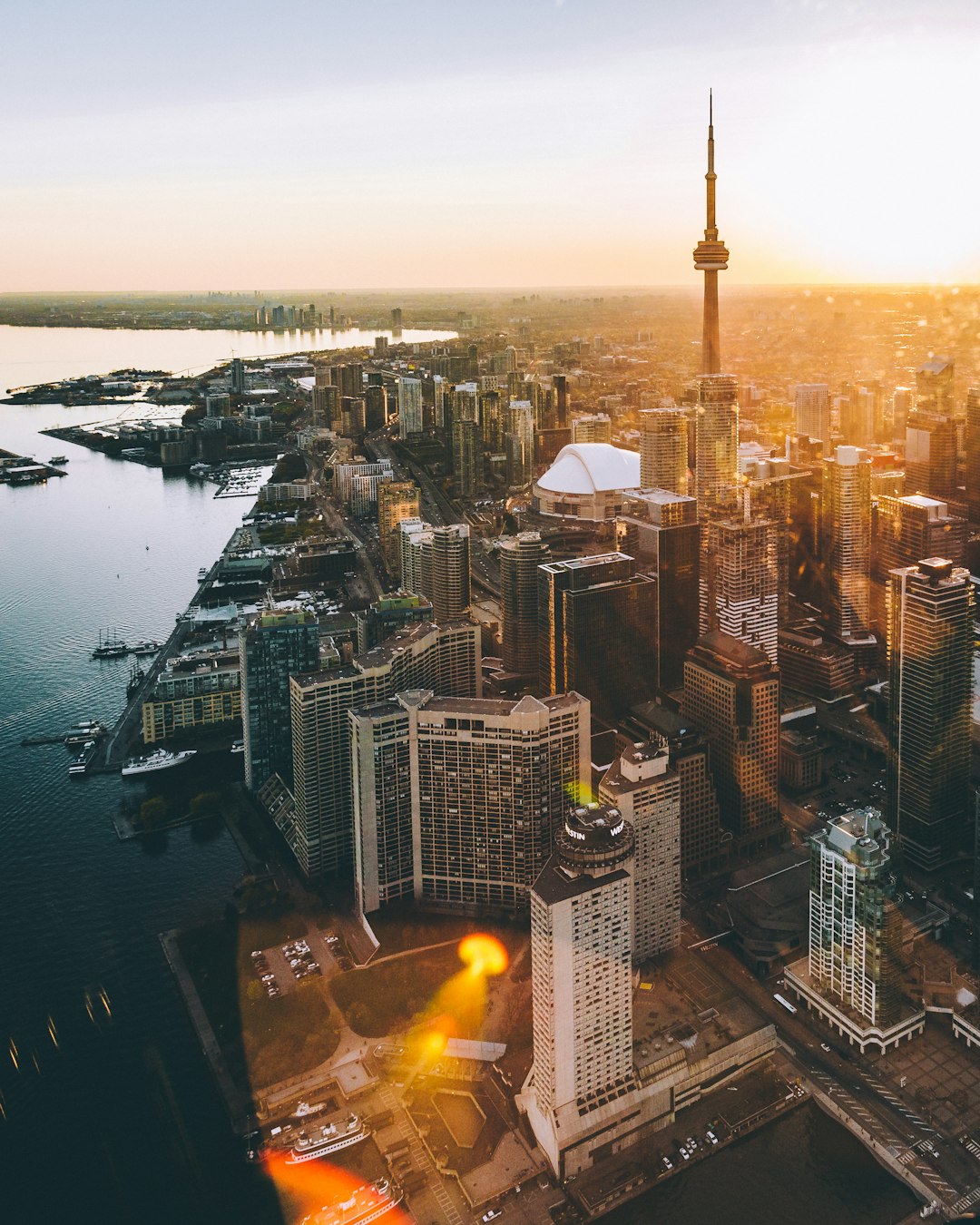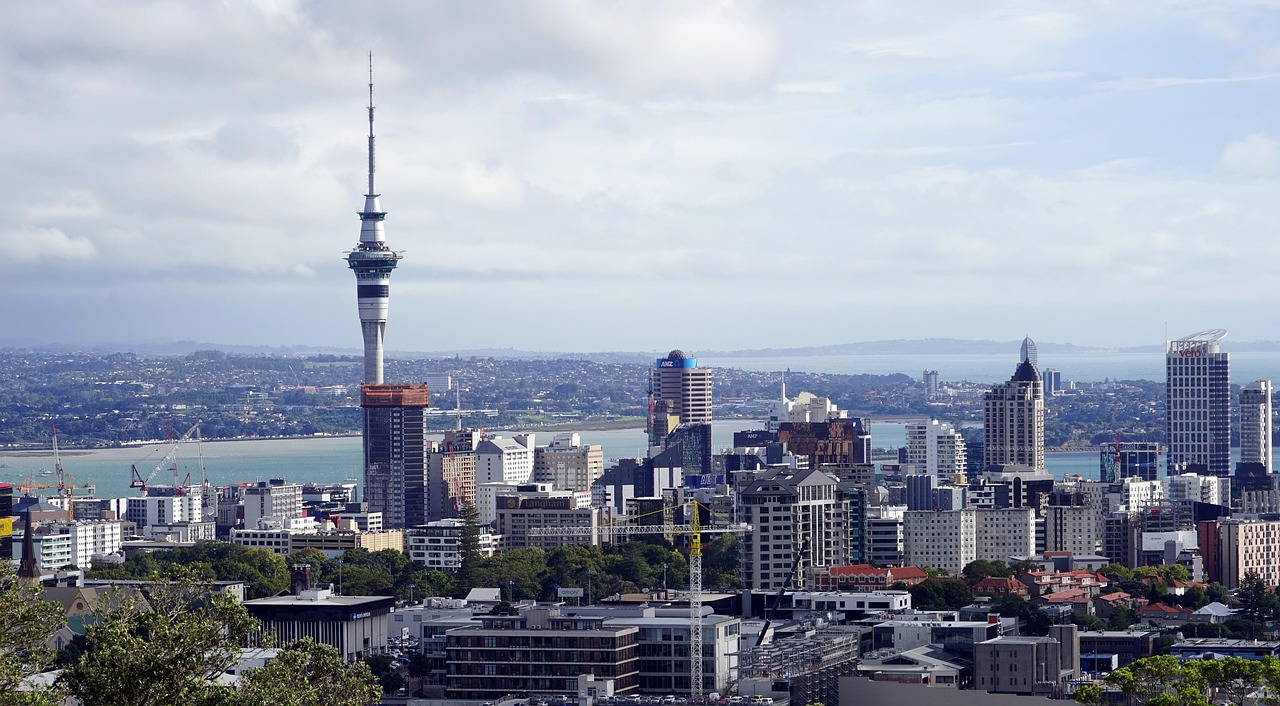Hong Kong: The World’s Priciest Real Estate Market

Hong Kong continues to be the most unaffordable city globally for homebuyers, according to the 2024 Demographia International Housing Affordability report. The median house price here is over 18 times the median household income, a staggering figure that has only increased in recent years. As of early 2025, the average price per square foot in central districts hovers around $2,200 USD. Even government efforts to increase supply have not cooled the market: tiny “nano-apartments” of less than 200 square feet often sell for over $600,000 USD. High population density, scarce land, and a global finance hub status keep prices sky-high. Young professionals often live with parents well into their 30s because saving for a down payment is nearly impossible. Renters also face steep costs, with median monthly rents exceeding $2,800 USD for a modest one-bedroom.
Singapore: High Prices Despite Government Controls

Singapore’s property market is renowned for its orderliness, but even with strict government regulations, home ownership is slipping out of reach for many. The Urban Redevelopment Authority reported in Q1 2025 that the average price for a private condo reached $1.6 million USD. Public housing, while more affordable, is subject to strict eligibility and long waiting lists. Land scarcity and a booming economy have pushed the price-to-income ratio up to 14.8, making the dream of a private home elusive for middle-class families. Foreign ownership restrictions have provided little relief, with wealthy overseas buyers still active. In 2024, first-time buyers needed an average of 13 years of salary to afford a typical condo without government assistance. The government’s “cooling measures” have slowed price growth but not reversed it.
Australia: Sydney and Melbourne Lead in Unaffordability

Australia’s major cities, particularly Sydney and Melbourne, are among the least affordable housing markets in the world. The 2024 CoreLogic report shows Sydney’s median home price at AUD 1.36 million (about $900,000 USD). The price-to-income ratio in Sydney stands at 15.3, the highest on record for the city. Melbourne fares only slightly better, with a median house price of AUD 950,000 (about $630,000 USD), but wages have not kept pace. Government incentives and low interest rates have fueled demand, while supply shortages persist. Many young Australians are priced out of the market, resorting to renting or moving to regional areas. First-home buyer numbers have dropped by 18% compared to 2023, reflecting the mounting challenges. Mortgage repayments now eat up over 45% of the average household income in Sydney.
Canada: Toronto and Vancouver Set New Barriers

Canada’s housing affordability crisis has only deepened in the past year, with Toronto and Vancouver at the epicenter. According to the Canadian Real Estate Association’s March 2025 data, the average home price in Vancouver reached CAD 1.23 million (about $900,000 USD), while Toronto is close behind at CAD 1.15 million. In Vancouver, the price-to-income ratio is a shocking 12.6. Even dual-income households struggle, requiring decades to save for a standard 20% down payment. The Bank of Canada’s rate hikes have had little effect on prices, as demand continues to outstrip supply. Immigration and investment demand remain strong, pushing prices higher still. Renters are also squeezed, with average rents in Toronto surpassing CAD 2,600 per month for a one-bedroom apartment.
United Kingdom: London’s Soaring Prices Leave Many Behind

London’s housing market remains one of the least accessible in Europe. The Office for National Statistics reported that the average house price in Greater London reached £543,500 ($670,000 USD) in early 2025. The price-to-income ratio in the capital is now 14.4, a figure that has doubled since 2010. Young Londoners face average rents of £2,500 ($3,100 USD) per month for a modest flat, making it difficult to save for a deposit. The government’s Help to Buy scheme ended in 2023, further reducing options for first-time buyers. Despite attempts to build more affordable homes, construction lags behind demand. Many are forced into “generation rent,” with home ownership rates among people under 35 at their lowest since records began. Even professionals on above-average salaries struggle to enter the market.
New Zealand: Auckland and Wellington Remain Out of Reach

New Zealand’s housing market saw unprecedented growth during the pandemic and has barely slowed. CoreLogic NZ’s January 2025 figures put Auckland’s median house price at NZD 1.18 million ($720,000 USD). Wellington is only slightly more affordable, with a median price of NZD 890,000 ($540,000 USD). The price-to-income ratio in Auckland is now 11.9, making it one of the world’s least affordable cities for homebuyers. Government attempts to tax investors and dampen speculation have provided little relief. Many families have given up on buying, with home ownership rates falling to a 70-year low. Renters are not spared, paying an average of NZD 680 ($415 USD) a week for a three-bedroom home in Auckland. Even skilled professionals such as teachers and nurses are increasingly unable to afford homes.
Switzerland: Zurich and Geneva’s Sky-High Barriers

Switzerland may be famous for its stability, but its major cities are among the priciest for real estate in Europe. As per the Swiss Federal Statistical Office’s 2024 report, the average price per square meter in Zurich is CHF 13,500 ($14,900 USD). Geneva is not far behind, at CHF 12,800 ($14,100 USD) per square meter. The price-to-income ratio in Zurich is now over 15, with even high-earning professionals struggling to buy. Strict lending criteria mean buyers often need at least 20% down, or CHF 200,000 ($221,000 USD) for a modest apartment. Foreign buyers face additional restrictions, but local demand keeps prices high. Renting is also expensive, with median monthly rents for a two-bedroom apartment above CHF 2,500 ($2,765 USD). Home ownership rates in Switzerland remain among the lowest in Europe at just 36%.
United States: San Francisco and New York Remain Unattainable

While the U.S. housing market varies widely, cities like San Francisco and New York stand out for their extreme unaffordability. According to Zillow’s Q1 2025 data, the median home price in San Francisco is $1.48 million, and in New York City’s Manhattan borough it is $1.3 million. The price-to-income ratio in San Francisco is now 11.5. High property taxes, insurance, and closing costs add to the barriers. The National Association of Realtors notes that only 16% of homes sold in these cities in early 2025 were affordable to families earning the median income. Even tech professionals earning six figures find it hard to buy. Rents are also punishing: median monthly rent in Manhattan is now $4,300 for a one-bedroom, while it’s $3,900 in San Francisco. Many Millennials and Gen Z residents are leaving for more affordable regions.
Ireland: Dublin’s Prices Surge Past Wage Growth

Dublin’s property market has experienced explosive growth, with prices rising by 9% year-on-year as of early 2025, according to the Central Statistics Office. The median home price in Dublin is now €480,000 ($515,000 USD), while the average household income lags far behind. The price-to-income ratio has climbed to 10.7, making home ownership a distant dream for most young Irish residents. Even with government-backed mortgage schemes, buyers need a deposit of at least €48,000 ($51,500 USD). Rents have also surged, with the average monthly rent for a two-bedroom apartment in central Dublin now exceeding €2,500 ($2,680 USD). The supply of new homes remains well below demand, and emigration among young people has ticked up as a result. Many Dubliners have resigned themselves to long-term renting or moving abroad.
Israel: Tel Aviv’s Prices Push Residents to the Brink

Tel Aviv has rapidly become one of the world’s most expensive cities for housing. The Bank of Israel’s March 2025 report shows the average price for a three-room apartment in Tel Aviv is now 3.1 million shekels ($840,000 USD). The city’s price-to-income ratio has soared to 13.2, with local wages failing to keep pace. Demand from foreign investors and limited land supply drive prices ever higher. A down payment for an average apartment requires years of savings, even for dual-income couples. Rents have climbed as well, with the average monthly rent for a two-bedroom apartment reaching 8,200 shekels ($2,225 USD). Many young residents live far from the city center or with family, unable to afford independence. The government has launched new housing projects, but the shortfall remains in the tens of thousands.





